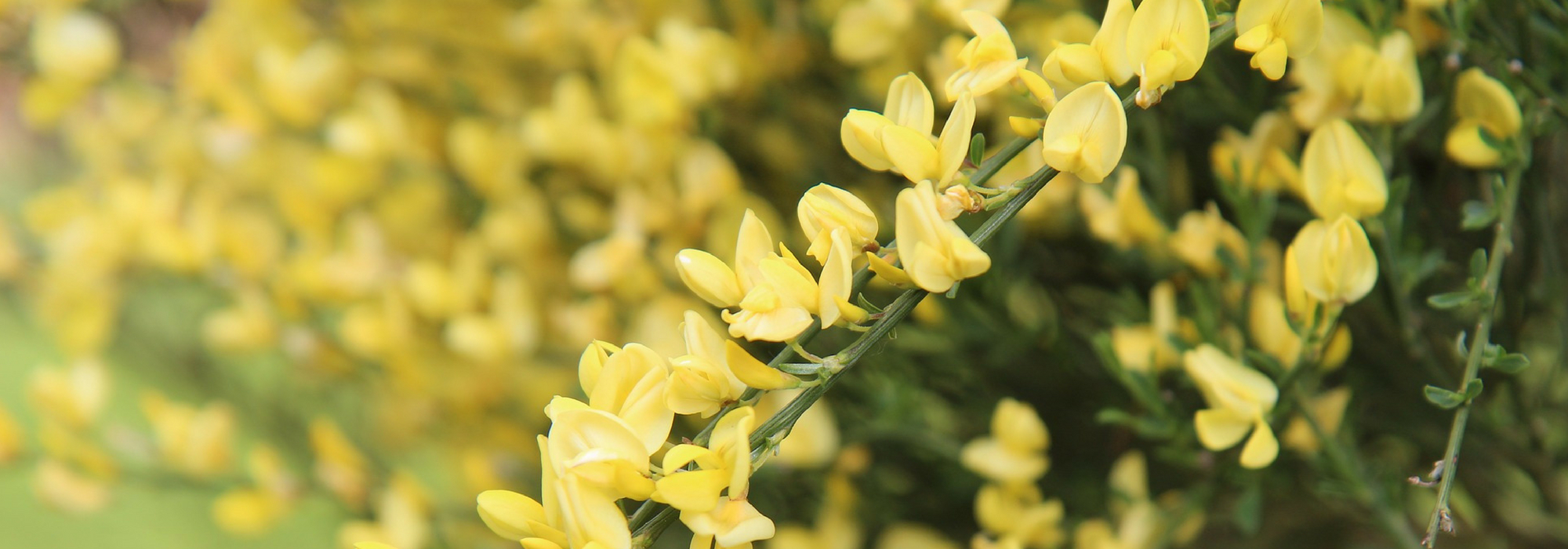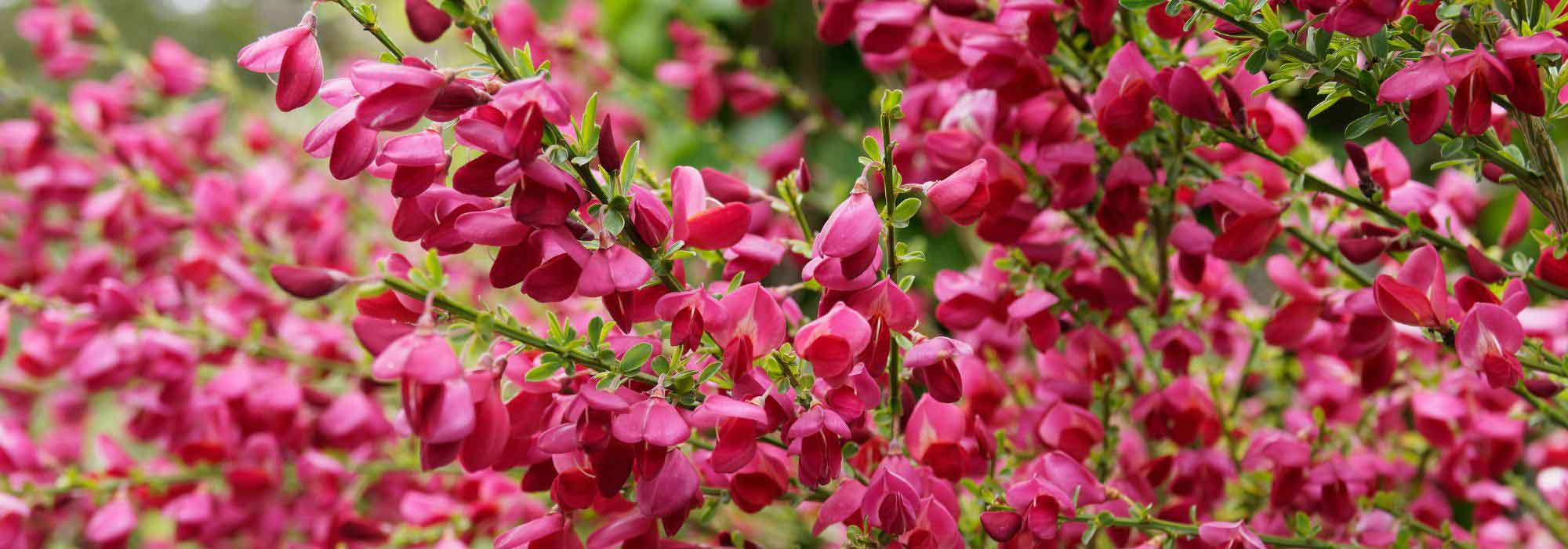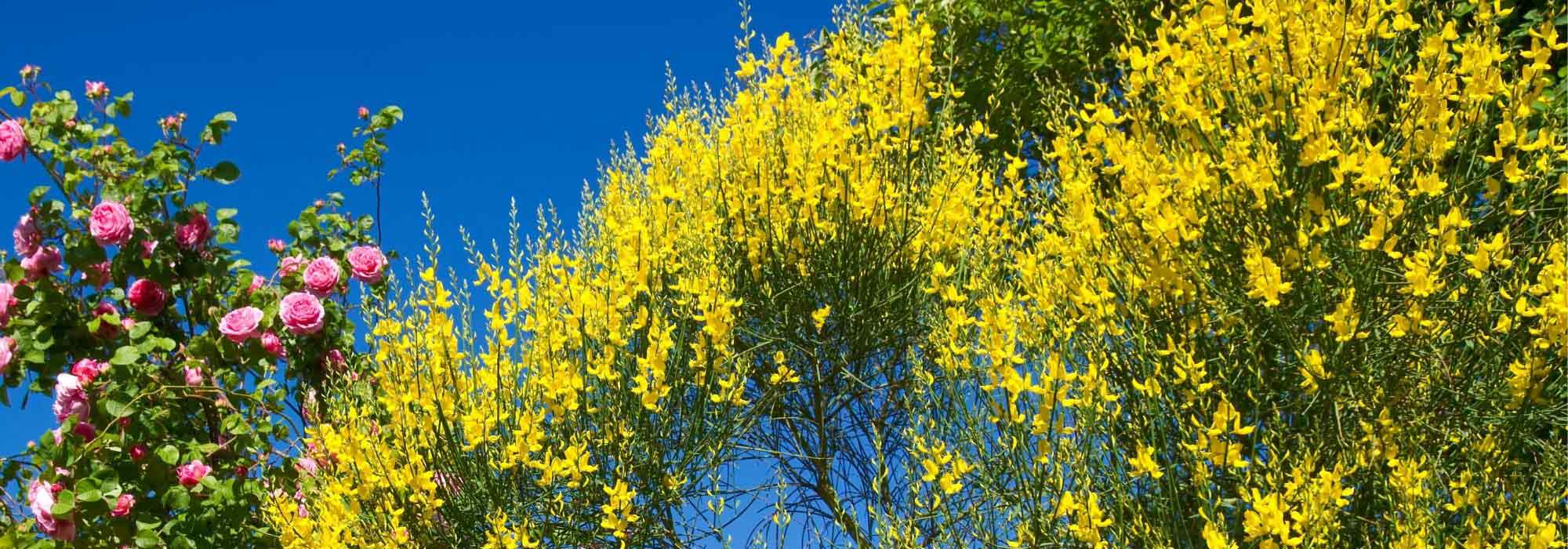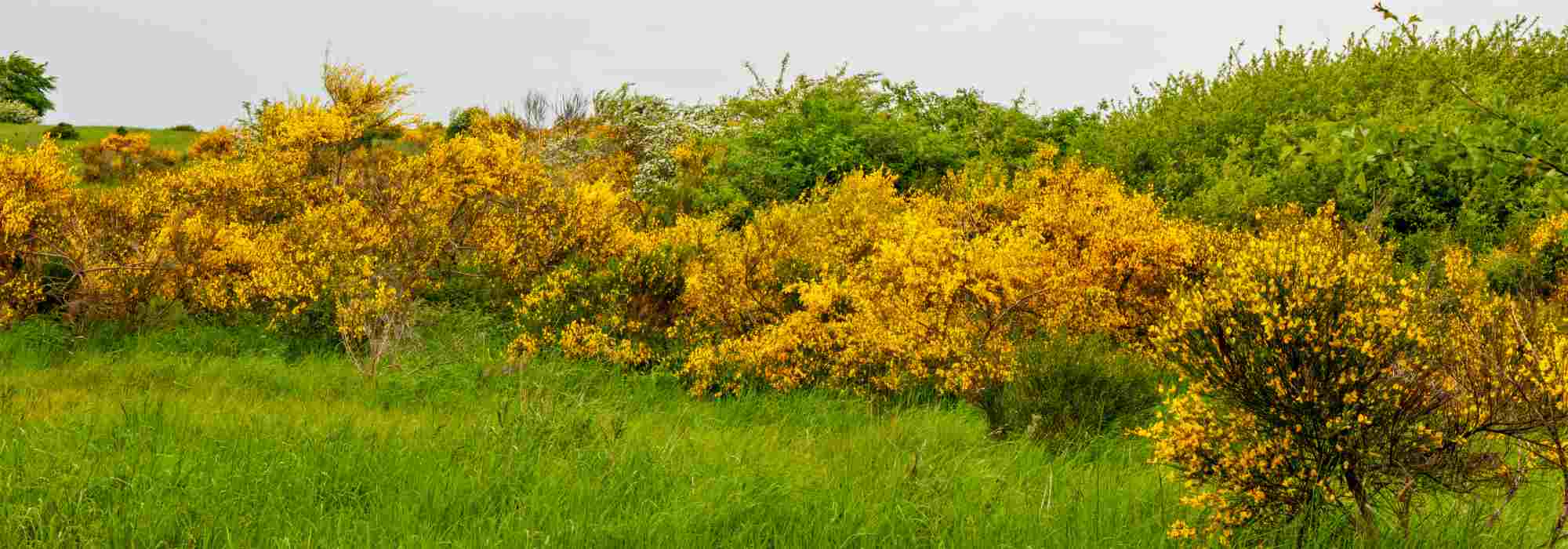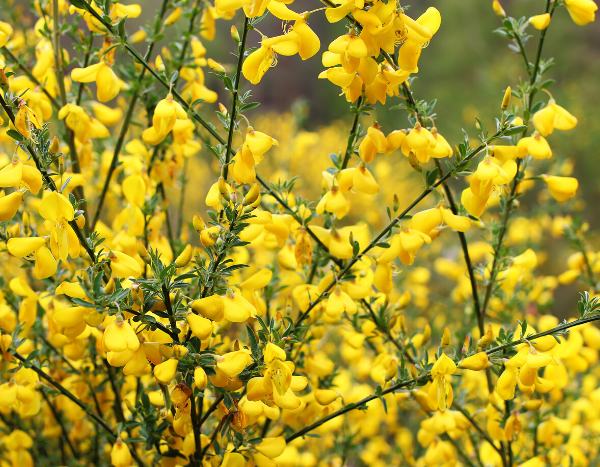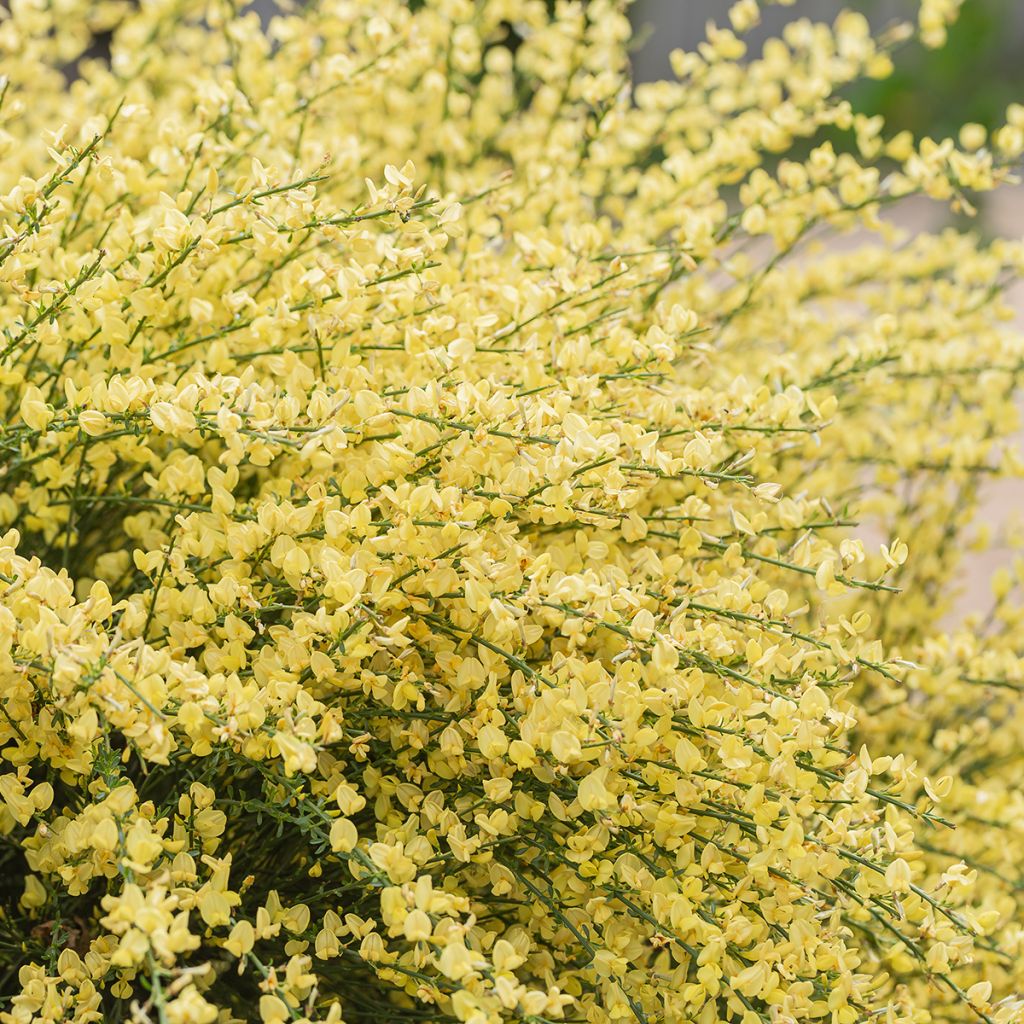

Cytisus praecox
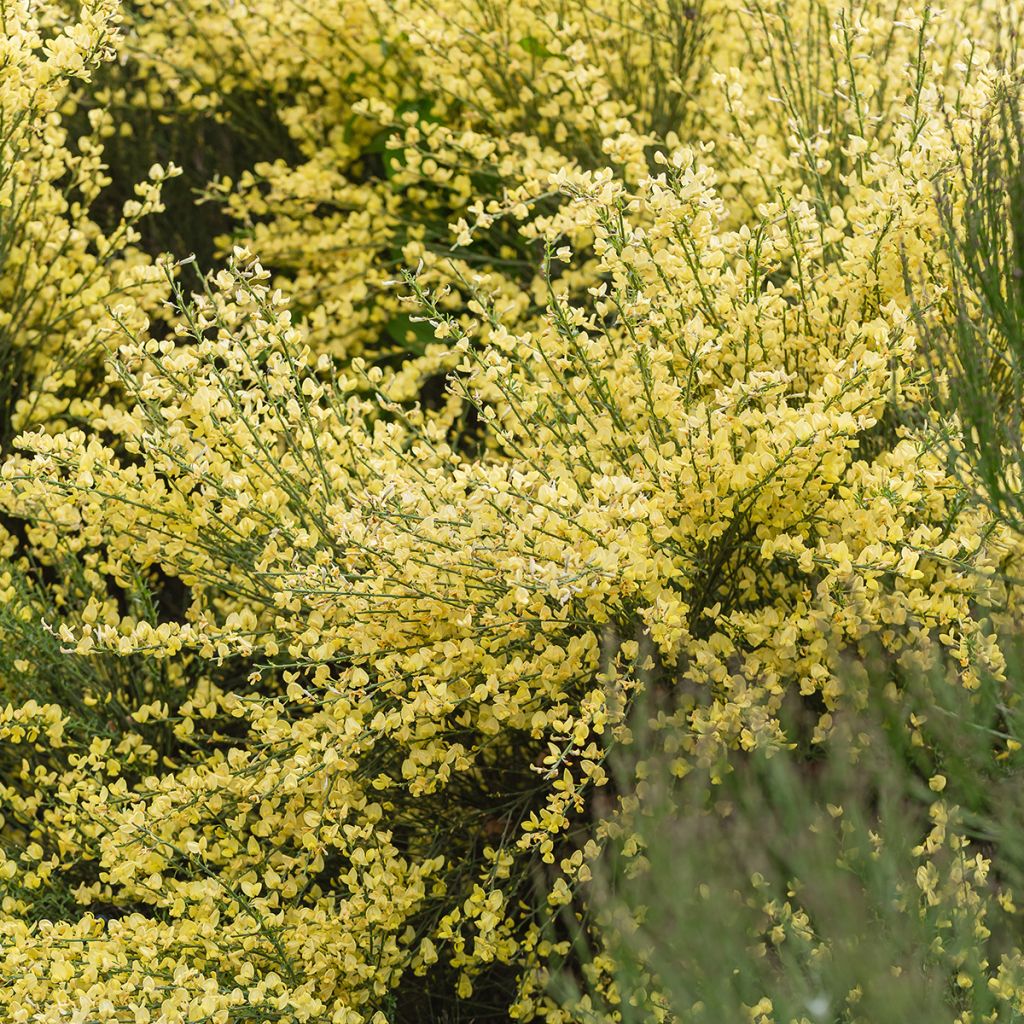

Cytisus praecox
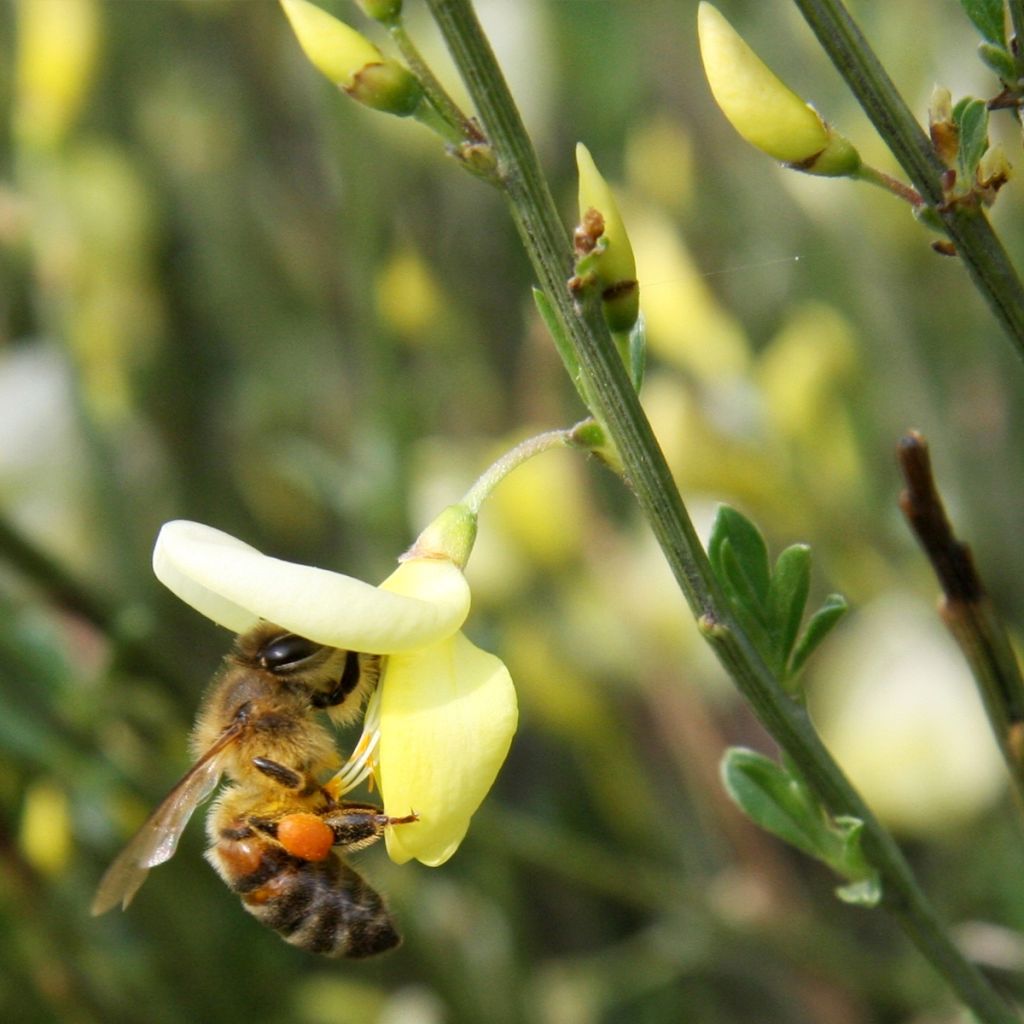

Cytisus praecox
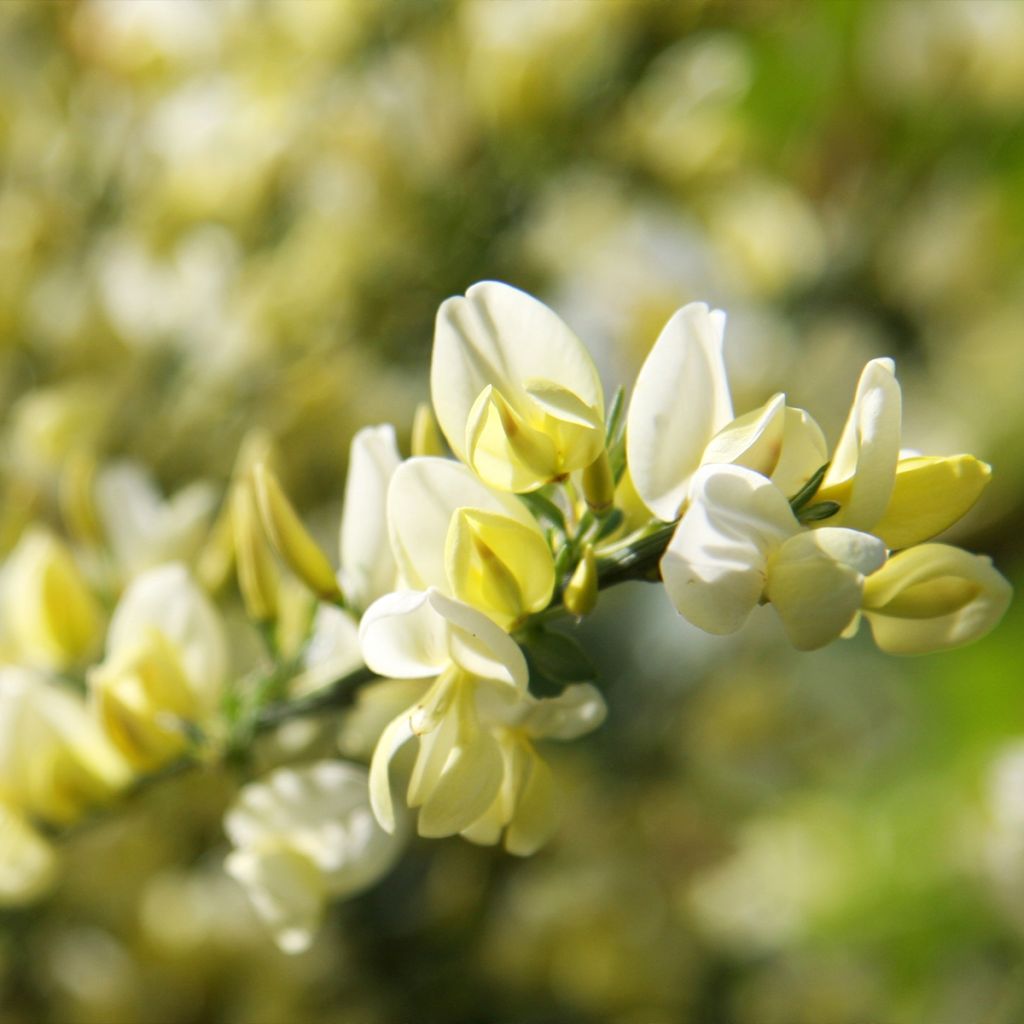

Cytisus praecox
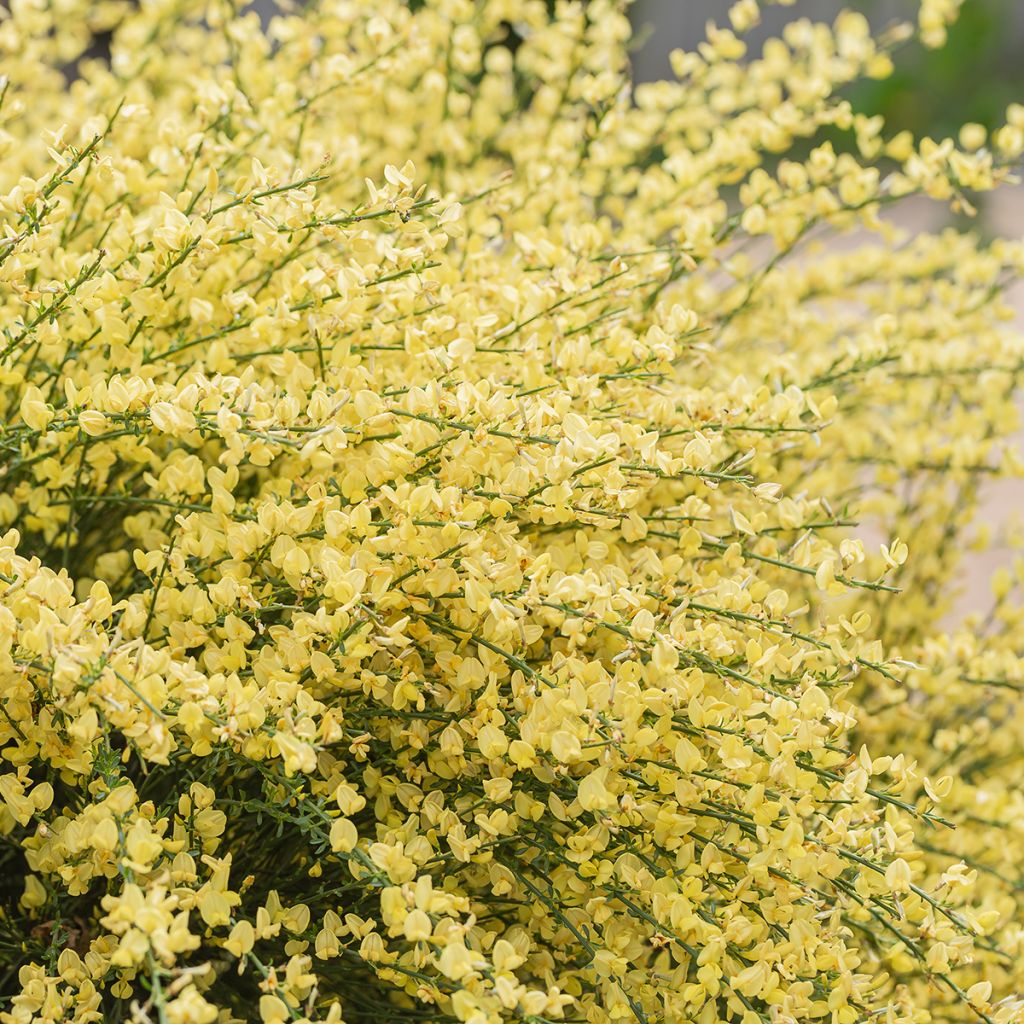

Cytisus praecox
Cytisus praecox
Cytisus x praecox
Broom
Special offer!
Receive a €20 voucher for any order over €90 (excluding delivery costs, credit notes, and plastic-free options)!
1- Add your favorite plants to your cart.
2- Once you have reached €90, confirm your order (you can even choose the delivery date!).
3- As soon as your order is shipped, you will receive an email containing your voucher code, valid for 3 months (90 days).
Your voucher is unique and can only be used once, for any order with a minimum value of €20, excluding delivery costs.
Can be combined with other current offers, non-divisible and non-refundable.
Home or relay delivery (depending on size and destination)
Schedule delivery date,
and select date in basket
This plant carries a 24 months recovery warranty
More information
We guarantee the quality of our plants for a full growing cycle, and will replace at our expense any plant that fails to recover under normal climatic and planting conditions.
Does this plant fit my garden?
Set up your Plantfit profile →
Description
Cytisus x praecox is the original hybrid of the Early Broom, recognisable by its pale-yellow flowers, while most of its selected varieties have blooms with vibrant or bi-coloured hues. With a more natural appearance despite being the result of cross-breeding between two species, this broom catches attention from March onwards with the explosiveness of its flowering. The dark green thread-like stems are covered with a multitude of small papilionaceous flowers that few plants can rival. Fearing limestone, excess moisture, and strong winds, this bush is still relatively easy to grow. Its ability to bloom in the first year compensates for its rather short lifespan.
Cytisus x praecox is a hybrid between Cytisus multiflorus - with a tendency to be invasive - and Cytisus purgans (actually Cytisus oromediterraneus) - a small mountain broom with golden yellow flowers. This horticultural hybrid, born from a deliberate cross-breeding between the two aforementioned species, offers a pale-yellow flowering. Bright colours are often preferred in gardens, so many cultivated varieties have subsequently appeared, some of them being bi-coloured. However, this hybrid has its own charm and will integrate much better into a natural garden with its wild aspect, despite its horticultural origin.
Its thin, dark green stems bear very small deciduous leaves with a single or trilobed leaflet, so inconspicuous that one could mistake the plant for being evergreen. The branches create a mass effect with their clear green colour and density. In spring, they become covered with a profusion of small papilionaceous flowers typical of the Fabaceae family, the botanical family of Cytisus. Made up of a standard (the upper part) and, in the lower part, a central keel divided into two parts and two lateral wings, these small flowers of about 2cm (1in) have an undeniable charm when observed up close. Covering the plant from top to bottom, they offer an impressive spectacle in spring, with their brightness illuminating even the greyest sky.
With fairly rapid growth, this broom will reach 1.5m (5ft) in height, or even a little more, and as much or more in width. Well resistant to cold (down to -25°C (-13°F) in well-draining soil) and atmospheric pollution, its small size makes it an ideal plant for urban gardens. Provide it with the shelter of a wall to protect its beautiful flowering from strong winds. It tolerates drought once well established. Its greatest enemies are limestone and stagnant water. Under good conditions, it will bloom at the start of every spring season for about 6 to 8 years, as it is a short-lived shrub.
Faced with such abundant flowering, two tactics are possible for a successful plant association. Either plant another shrub nearby with an exciting flowering to compete with this broom, such as Japanese Quince 'Friesdorfer' with its orange flowering. For a stronger contrast, choose Prunus triloba (Chinese Almond) with its bright pink flowering. The second option is to choose a companion with a staggered flowering time. This way, it won't have to compete with this wonderful broom and will provide flowers for a longer period. In this case, choose shrubs with fairly ample foliage to contrast with the thread-like aspect of Cytisus. For example, choose purple or variegated foliage plants to stand out against the dark green of Cytisus. Weigela 'Magical Rainbow' can take over with its pink flowering in May-June.
Cytisus praecox in pictures
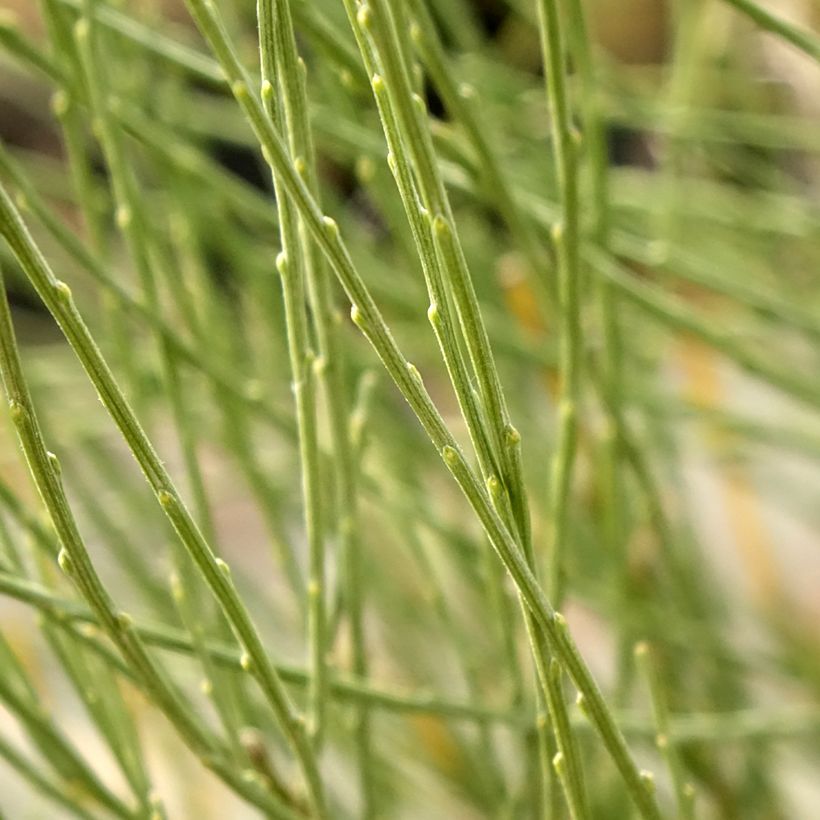



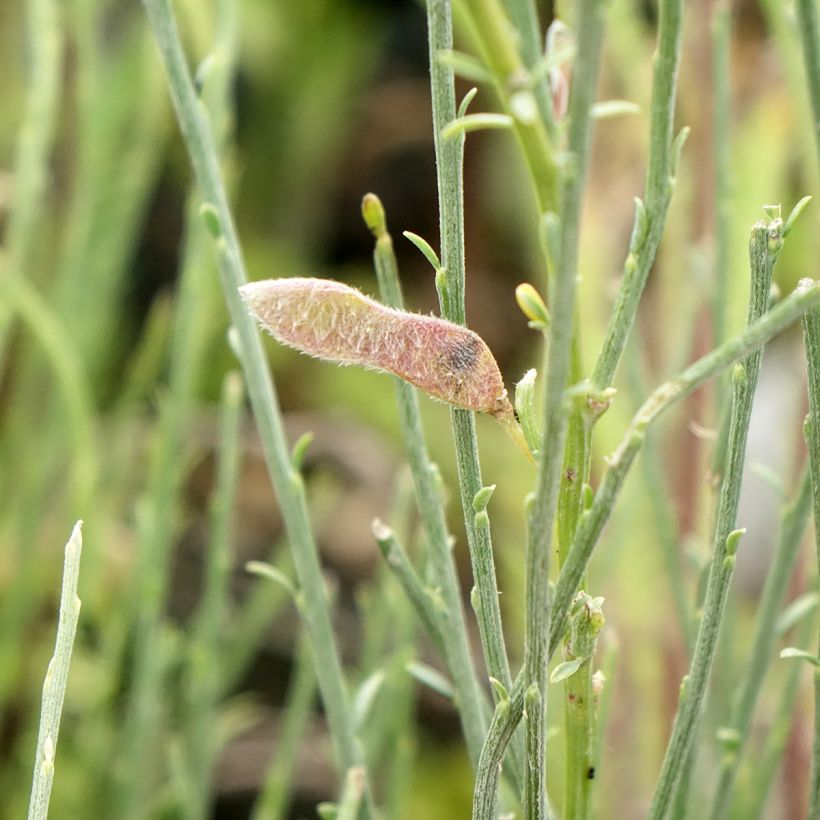

Plant habit
Flowering
Foliage
Botanical data
Cytisus
x praecox
Fabaceae
Broom
Cultivar or hybrid
Planting and care
Plant in neutral to acidic soil that is not chalky. This plant grows well in light soils, which are poor in organic matter, so there is no need to add any at planting. The existing soil will be suitable provided it is well-drained to avoid excess water. If necessary, add a draining material (sand (but not chalky!), or fine gravel) if the soil is somewhat heavy and compact. Choose a sunny location sheltered from strong winds for a beautiful flowering. Water in summer for the first year, then the plant can withstand dryness once well rooted.
Planting period
Intended location
Care
Planting & care advice
This item has not been reviewed yet - be the first to leave a review about it.
Haven't found what you were looking for?
Hardiness is the lowest winter temperature a plant can endure without suffering serious damage or even dying. However, hardiness is affected by location (a sheltered area, such as a patio), protection (winter cover) and soil type (hardiness is improved by well-drained soil).

Photo Sharing Terms & Conditions
In order to encourage gardeners to interact and share their experiences, Promesse de fleurs offers various media enabling content to be uploaded onto its Site - in particular via the ‘Photo sharing’ module.
The User agrees to refrain from:
- Posting any content that is illegal, prejudicial, insulting, racist, inciteful to hatred, revisionist, contrary to public decency, that infringes on privacy or on the privacy rights of third parties, in particular the publicity rights of persons and goods, intellectual property rights, or the right to privacy.
- Submitting content on behalf of a third party;
- Impersonate the identity of a third party and/or publish any personal information about a third party;
In general, the User undertakes to refrain from any unethical behaviour.
All Content (in particular text, comments, files, images, photos, videos, creative works, etc.), which may be subject to property or intellectual property rights, image or other private rights, shall remain the property of the User, subject to the limited rights granted by the terms of the licence granted by Promesse de fleurs as stated below. Users are at liberty to publish or not to publish such Content on the Site, notably via the ‘Photo Sharing’ facility, and accept that this Content shall be made public and freely accessible, notably on the Internet.
Users further acknowledge, undertake to have ,and guarantee that they hold all necessary rights and permissions to publish such material on the Site, in particular with regard to the legislation in force pertaining to any privacy, property, intellectual property, image, or contractual rights, or rights of any other nature. By publishing such Content on the Site, Users acknowledge accepting full liability as publishers of the Content within the meaning of the law, and grant Promesse de fleurs, free of charge, an inclusive, worldwide licence for the said Content for the entire duration of its publication, including all reproduction, representation, up/downloading, displaying, performing, transmission, and storage rights.
Users also grant permission for their name to be linked to the Content and accept that this link may not always be made available.
By engaging in posting material, Users consent to their Content becoming automatically accessible on the Internet, in particular on other sites and/or blogs and/or web pages of the Promesse de fleurs site, including in particular social pages and the Promesse de fleurs catalogue.
Users may secure the removal of entrusted content free of charge by issuing a simple request via our contact form.
The flowering period indicated on our website applies to countries and regions located in USDA zone 8 (France, the United Kingdom, Ireland, the Netherlands, etc.)
It will vary according to where you live:
- In zones 9 to 10 (Italy, Spain, Greece, etc.), flowering will occur about 2 to 4 weeks earlier.
- In zones 6 to 7 (Germany, Poland, Slovenia, and lower mountainous regions), flowering will be delayed by 2 to 3 weeks.
- In zone 5 (Central Europe, Scandinavia), blooming will be delayed by 3 to 5 weeks.
In temperate climates, pruning of spring-flowering shrubs (forsythia, spireas, etc.) should be done just after flowering.
Pruning of summer-flowering shrubs (Indian Lilac, Perovskia, etc.) can be done in winter or spring.
In cold regions as well as with frost-sensitive plants, avoid pruning too early when severe frosts may still occur.
The planting period indicated on our website applies to countries and regions located in USDA zone 8 (France, United Kingdom, Ireland, Netherlands).
It will vary according to where you live:
- In Mediterranean zones (Marseille, Madrid, Milan, etc.), autumn and winter are the best planting periods.
- In continental zones (Strasbourg, Munich, Vienna, etc.), delay planting by 2 to 3 weeks in spring and bring it forward by 2 to 4 weeks in autumn.
- In mountainous regions (the Alps, Pyrenees, Carpathians, etc.), it is best to plant in late spring (May-June) or late summer (August-September).
The harvesting period indicated on our website applies to countries and regions in USDA zone 8 (France, England, Ireland, the Netherlands).
In colder areas (Scandinavia, Poland, Austria...) fruit and vegetable harvests are likely to be delayed by 3-4 weeks.
In warmer areas (Italy, Spain, Greece, etc.), harvesting will probably take place earlier, depending on weather conditions.
The sowing periods indicated on our website apply to countries and regions within USDA Zone 8 (France, UK, Ireland, Netherlands).
In colder areas (Scandinavia, Poland, Austria...), delay any outdoor sowing by 3-4 weeks, or sow under glass.
In warmer climes (Italy, Spain, Greece, etc.), bring outdoor sowing forward by a few weeks.






























